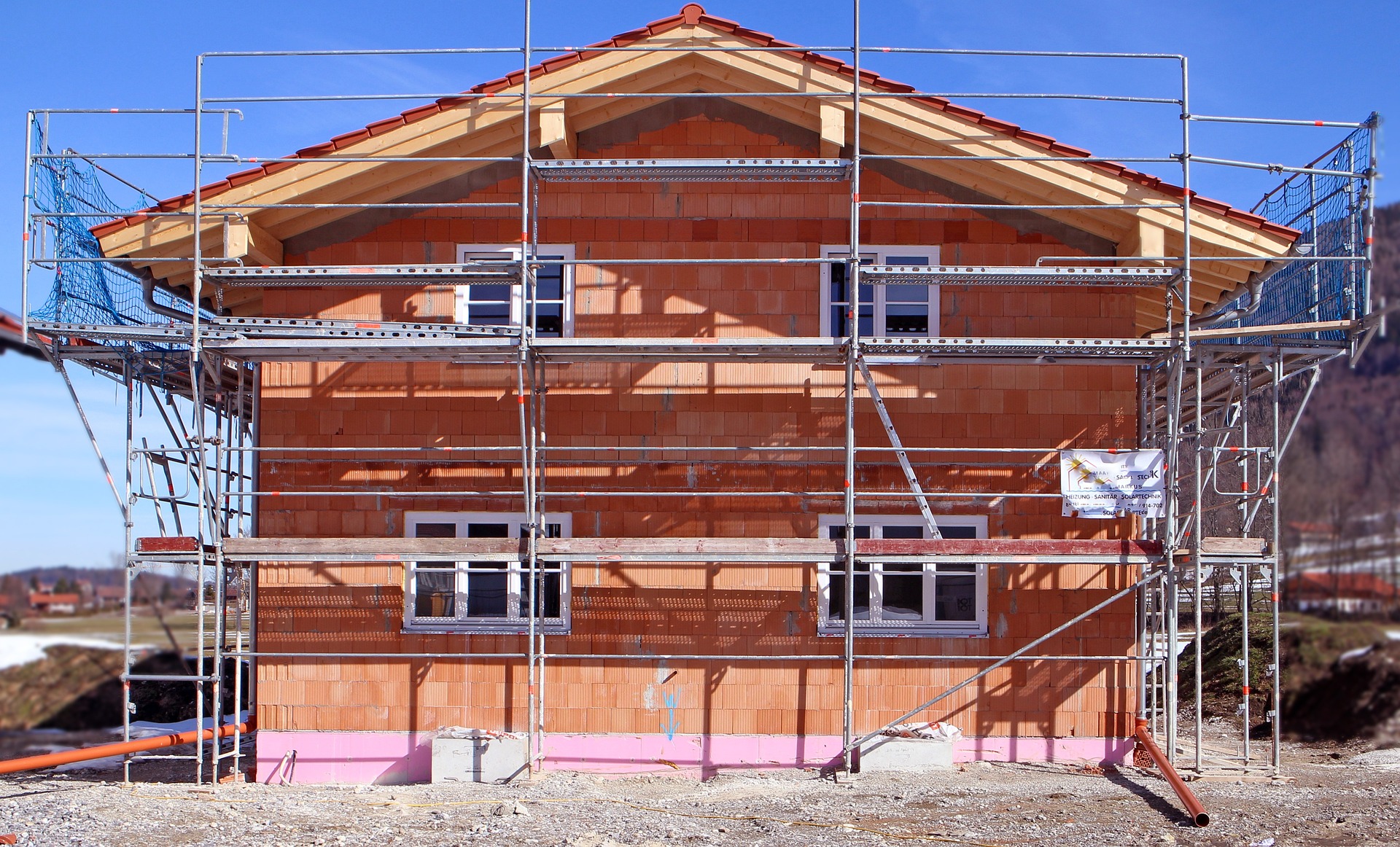Modern Equipment for Safe Tree Removal and Chipping
This article explains how modern equipment and established practices improve the safety and efficiency of tree removal and chipping in urban and private settings in the UK. It covers inspection technologies, pruning and trimming tools, removal procedures, chipping and mulching options, rootcare and bracing, pest management, and how local services integrate safety into arboriculture work.

Modern approaches to tree work combine diagnostic tools, engineered machinery and trained operators to reduce hazards while supporting long-term tree health and urban canopy resilience. Thorough inspection informs whether pruning, sectional removal or full felling is appropriate; professional teams then use specialised equipment for safe trimming, removal and chipping. This article examines key tools and workflows used across arboriculture tasks, with attention to safety, rootcare and outcomes for urban forestry.
Arboriculture and inspection
Accurate inspection is the foundation of responsible arboriculture. Teams use visual surveys alongside technological aids—drones with high-resolution cameras, resistographs and sonic tomographs—to detect internal decay, structural faults and pest presence. These diagnostic methods allow targeted interventions that can preserve canopy structure and reduce the need for emergency removal. Early identification of rootzone issues and trunk defects helps prioritise rootcare treatments and reduces the chance of unexpected failures during storms or high winds.
Pruning and trimming
Pruning and trimming aim to maintain tree form, reduce hazards and promote healthy growth. Modern equipment includes hydraulic pole pruners, battery-powered reciprocating saws and aerial work platforms that enable precise cuts with minimal bark damage. Correct timing and technique are crucial: selective crown reduction and weight-balancing cuts reduce asymmetric loading and lower the risk of failure during storm damage. Well-executed pruning also limits entry points for pests and disease and contributes to sustained canopy health.
Removal and chipping
Safe removal of large or hazardous trees generally follows a staged plan using cranes, sectional dismantling, or winch-assisted lowering to protect nearby property. Once wood is felled, chippers and mobile grinders convert branches into chips or mulch. Machines range from compact units suitable for gardens to high-capacity drum chippers for municipal work. Modern chippers feature feed control, safety interlocks and dust mitigation systems, improving operator safety and throughput while enabling on-site reuse or efficient transport of residual material.
Mulching, rootcare and bracing
Chipped material can be repurposed as mulch to conserve soil moisture and suppress weeds when applied appropriately. Rootcare practices—such as trenchless aeration, soil amelioration and careful planting—support stable root systems and overall vitality. For trees with structural weaknesses, bracing systems including dynamic cabling or threaded rods redistribute loads and can extend a tree’s safe life. Combining mulching, rootcare and bracing ensures interventions balance preservation of canopy with risk reduction.
Storm damage, pests and prevention
Contemporary equipment speeds response to storm damage by enabling rapid clearing and safe chipping of windthrown timber. Preventive inspection and pruning reduce the incidence of catastrophic failures in high winds. Managing pests often involves removing infected material and ensuring it is appropriately processed—chipped, treated or taken to authorised facilities—to interrupt life cycles and limit spread. Integrating monitoring, timely treatment and sanitation measures helps maintain urban forestry resilience.
Local services and providers
When selecting local services, prioritise teams with certified arborists, appropriate insurance and documented safety protocols. Below are examples of established providers operating widely in the UK and internationally; offerings and regional availability vary, so confirm local presence and credentials.
| Provider Name | Services Offered | Key Features/Benefits |
|---|---|---|
| Bartlett Tree Experts | Inspection, pruning, removal, pest management, bracing | Science-based approach, diagnostic labs, nationwide network of arborists |
| The Davey Tree Expert Company | Pruning, removal, planting, chipping, urban forestry consulting | Extensive municipal experience, certified staff, integrated management programmes |
| SavATree | Tree and shrub care, removal, chipping, pest control | Focus on environmental options, mobile chippers, targeted pest programmes |
Prices, rates, or cost estimates mentioned in this article are based on the latest available information but may change over time. Independent research is advised before making financial decisions.
Proper equipment yields best results only when operated by trained personnel who follow safety standards and site-specific risk assessments. Local services should be transparent about methods for inspection, rootcare, mulching and disposal of green waste to ensure ecological and safety objectives are aligned.
In summary, contemporary machinery—diagnostic inspection tools, precision pruning equipment, safe removal systems and efficient chippers—combined with rootcare and bracing techniques, enhances safety and effectiveness in tree work. Integrating these technologies with skilled operators and sound arboriculture principles supports healthier canopies, reduces storm damage risk and fosters resilient urban forestry without compromising public safety.




